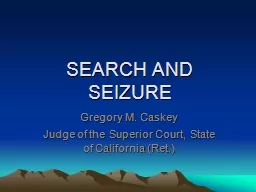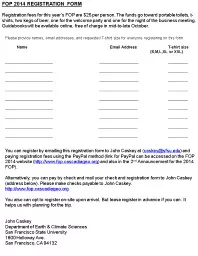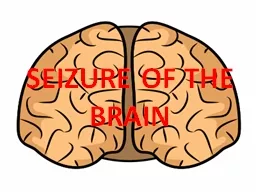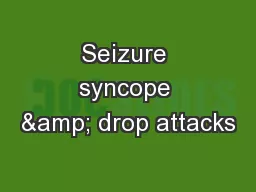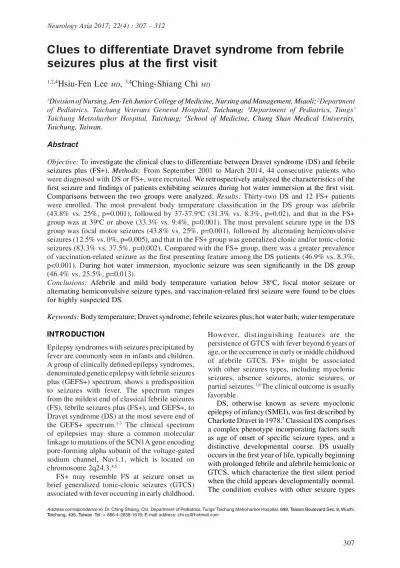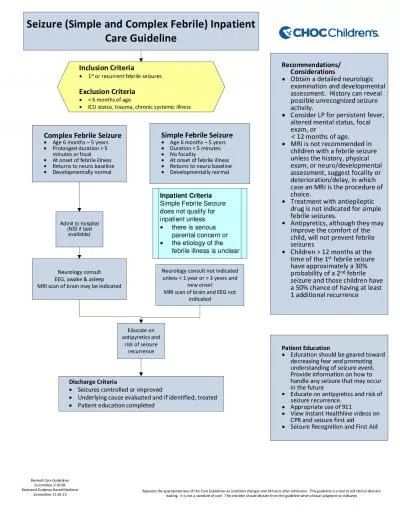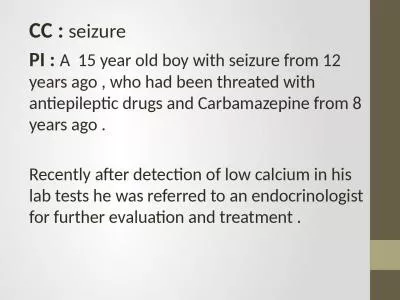PPT-SEARCH AND SEIZURE Gregory M. Caskey
Author : jane-oiler | Published Date : 2019-11-20
SEARCH AND SEIZURE Gregory M Caskey Judge of the Superior Court State of California Ret Davis v United States 131 SCt 2419 61611 Issue Should exclusionary rule be
Presentation Embed Code
Download Presentation
Download Presentation The PPT/PDF document "SEARCH AND SEIZURE Gregory M. Caskey" is the property of its rightful owner. Permission is granted to download and print the materials on this website for personal, non-commercial use only, and to display it on your personal computer provided you do not modify the materials and that you retain all copyright notices contained in the materials. By downloading content from our website, you accept the terms of this agreement.
SEARCH AND SEIZURE Gregory M. Caskey: Transcript
Download Rules Of Document
"SEARCH AND SEIZURE Gregory M. Caskey"The content belongs to its owner. You may download and print it for personal use, without modification, and keep all copyright notices. By downloading, you agree to these terms.
Related Documents

